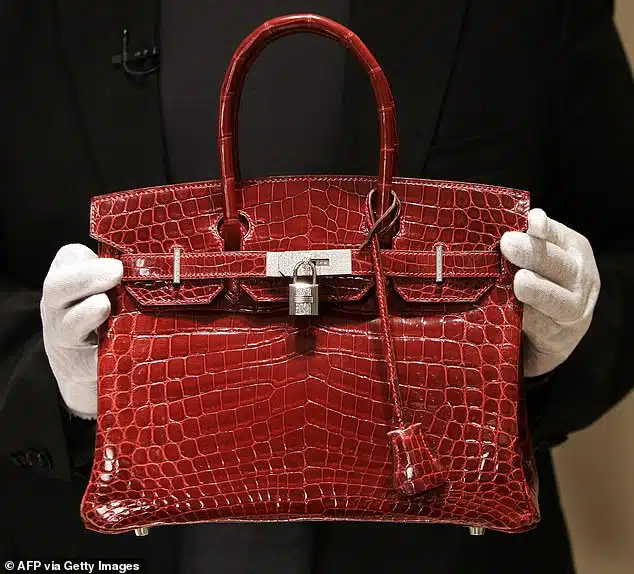In a case related to compliance with the FTC’s Business Opportunity Rule, the FTC challenged Arise Virtual Solutions’ assertion that gig workers on its platform could earn up to $18 per hour. The complaint alleged that when Arise started promoting this figure in 2020, the average pay for jobs on its platform was only $12 per hour. The FTC found that from 2019 to 2022, less than 1% of workers on the platform actually earned $18 per hour.
As part of the proposed settlement, Arise is prohibited from making any income claims unless it can provide written evidence that the claimed earnings are typical for consumers in similar situations. Although the settlement does not define “typical,” it imposes a higher standard than the Ninth Circuit panel’s interpretation. Commissioner Ferguson, while voting to approve the complaint and order, expressed concerns about the inconsistency of FTC standards for substantiating “up to” claims over time.
The varying standards outlined by Commissioner Ferguson included:
- A 1983 FTC stance suggesting that “up to” claims could be substantiated if an appreciable number of consumers could achieve the maximum performance level stated.
- A 2012 settlement requiring companies to have scientific evidence demonstrating that all or almost all consumers are likely to achieve the maximum savings claimed.
- A 2012 FTC report emphasizing that advertisers using “up to” claims should be able to prove that consumers are likely to achieve the maximum promised results under normal circumstances.
The differing interpretations have left many companies confused about the standards. Commissioner Ferguson viewed these shifting standards as a significant change in the FTC’s approach, while Chair Khan argued that the analysis of “up to” claims should focus on whether they are likely to mislead reasonable consumers based on the specific circumstances. The ambiguity surrounding these standards means that each case must be assessed individually.
In the case of Arise, the FTC’s decision was influenced by the fact that less than 1% of workers achieved the advertised earnings. However, the outcome may vary depending on the specifics of each case. While some cases may be straightforward, the majority will require careful examination.





